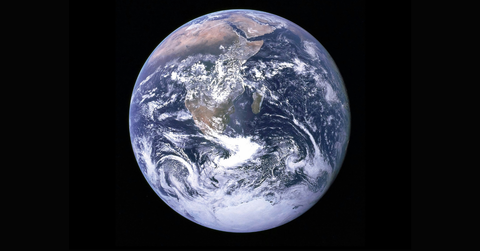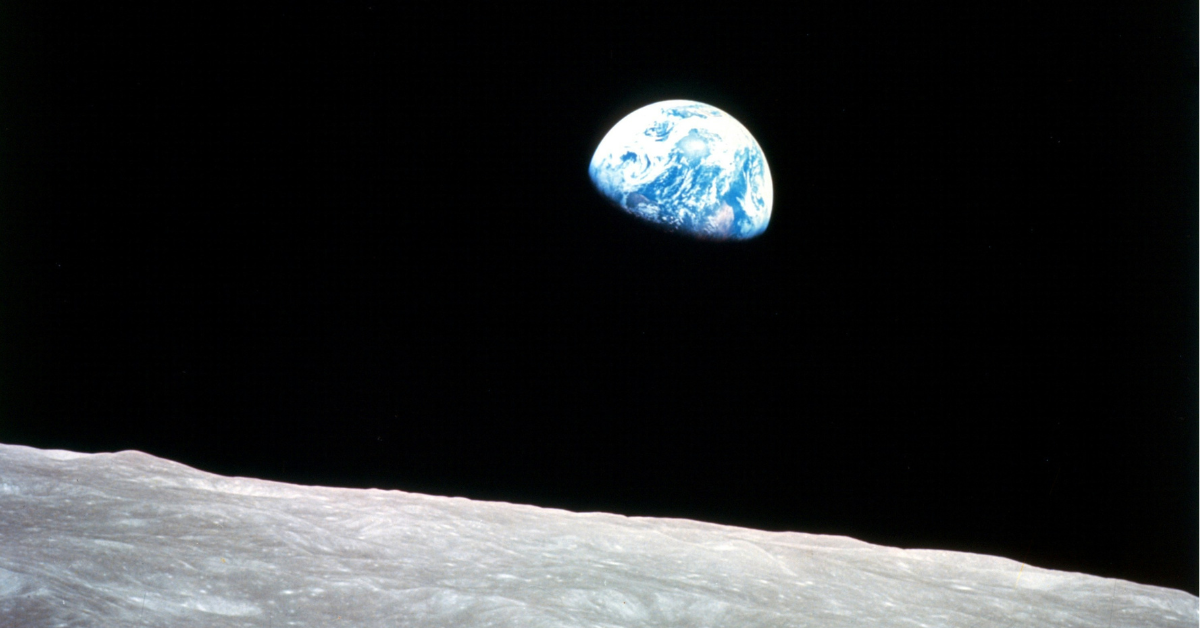Has NASA Found Another Earth-Like Planet?
There are no Earth-like planets in our solar system.
Published Oct. 17 2025, 2:40 p.m. ET

Our solar system is a lot like the story of Goldilocks and the Three Bears. Planets that are located close to the sun can be too hot, while those located further from the sun can be too cold, making them uninhabitable. However, planet Earth is located in an area that is "just right" for sustaining life, with just enough distance from the sun to keep from getting over heated, while staying close enough to keep from freezing.
But, it takes more than being located in the Goldilocks range for experts to consider a planet Earth-like. In fact, there are many other considerations that scientists will look at before they announce that they've found one, which makes a 2025 discovery a pretty exciting one. That's because NASA researchers say that they've found a "super-Earth."
So, did NASA find another Earth? Keep reading to find out.

Did NASA find another Earth?
In July 2025, NASA's Transiting Exoplanet Survey Satellite (TESS) provided researchers with enough data to have them excited about planet TOI-1846 b. NASA believes that this super-Earth planet is similar to Earth in many ways, including its water-rich surface and layers of rocky core.
However, that may be where the likeness between our planet and the newly discovered super-Earth ends, since TESS has also produced some data indicating that the planet is uninhabitable thanks to its temperature.
According to the Times of India, the super-Earth likely experiences extreme temperatures, with the planet's equilibrium temperature reaching an estimated 568.1 Kelvin (or roughly 562.91 Fahrenheit). Additionally, the days on the super-Earth are different as well, since it orbits its solar system's sun every 3.93 days as opposed to Earth's 365 days.
Scientists estimate that this means that the planet's orbit is close and fast, which furthers the theory that it's uninhabitable.
NASA's discovery of TOI-1846 b isn't the first of its kind.
When you hear that NASA has discovered a super-Earth, it may seem like groundbreaking news. However, NASA reports that the organization has discovered around 6,000 of these planets. But don't let the name fool you. NASA says that these super-Earths are called that because of their size and composition — meaning that they are larger than Earth, but not as heavy as some dense ice planets like Uranus and Neptune — but they can be rocky like our planet or made of a mix of rock and gas.
Additionally, these planets have some other features in common, like having a star similar to the one in our solar system to orbit around.
But, when it comes to whether or not NASA has discovered another planet like the one we call home and that is capable of hosting complex lifeforms like humans and animals, the answer is no... for now. With ever improving technology, and the vastness of space, some experts think that they could someday find a second Earth.
Of course, whether we'll ever be able to reach it or not is another question entirely.